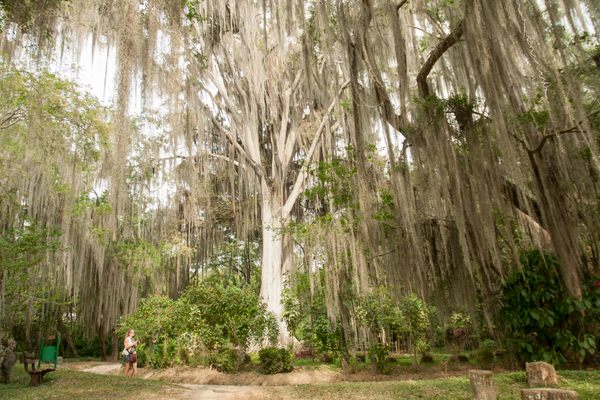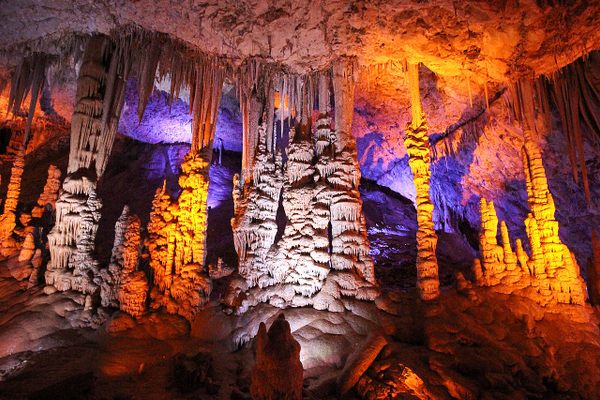About
Ellesmere Island is the largest of the Queen Elizabeth Islands in the Canadian Arctic Archipelago, and the 10th-largest island in the world. A land of jagged mountains, fjords, and ice shelves, it's one of the remotest places on Earth, inhabited by herds of musk oxen, caribou, and polar bears.
At 300 miles wide and 500 miles long, Ellesmere Island is the third-largest island in Canada and the most northerly island in the Arctic Archipelago. Ruggedly beautiful and boasting some of the cleanest air on Earth, it also lays claim to the highest mountain in eastern North America (Barbeau Peak) and the largest lake in the polar region (Lake Hazen).
The first known human inhabitants of Ellesmere Island were roaming bands of hunters, such as the Palaeo-Eskimos and Neo-Eskimos, who came to hunt muskox, caribou, and marine mammals around 2000 to 1000 BC. It's believed that Vikings visited Ellesmere in the 10th century, long before it was sighted by the English explorer William Baffin in 1616.
Today, the human population of Ellesmere Island is about 200. These hardy inhabitants live in three settlements: Alert, Grise Fiord, and Eureka, the latter being the third northernmost settlement in the world. The island's wildlife, meanwhile, includes small herds of muskoxen, white wolves, smaller herds of caribou, polar bears, Arctic hares, a wide range of bird species, and 13 species of spider.
More than a fifth of the island is covered by Quttinirpaaq National Park (Quttinirpaaq means “top of the world” in the Inuktitut language). Established in 1988, it's the second largest park in Canada and the second most northerly park in the world. Only about 50 people visit the park each year, but there is a way to take in some of the views without leaving your own home. In 2017, Google Street View teamed up with Parks Canada, and park staff were trained in the use of the 50-pound Street View Trekker Camera. You can see the 360-degree results here.
On a more sobering note, the breathtaking but fragile environment of Ellesmere Island has proved highly susceptible to the effects of global warming. Around 90 percent of the ice shelves that existed around Ellesmere in 1906 are now gone. This, in turn, has placed the future of polar bears, seals, walruses, caribou and other species under threat of extinction.
Related Tags
Know Before You Go
Being one of the remotest places on Earth understandably makes Ellesmere Island a difficult place to visit, and there are no connecting roads on the island. The Inuit hamlet of Grise Fiord has a small and notoriously tricky air strip, which only the most experienced pilots should approach. Quttinirpaaq National Park is more accessible, but you still need to first fly to Iqaluit, the capital of Nunavut, then fly to Resolute on Cornwallis Island before hiring a Twin Otter to fly to the park. Once you arrive at the park, you're pretty much on your own. You'll find no communities there, or services, just you and the great outdoors.
Published
September 13, 2018
Sources
- https://www.thecanadianencyclopedia.ca/en/article/ellesmere-island
- https://www.britannica.com/place/Ellesmere-Island
- https://www.ctvnews.ca/canada/google-goes-to-end-of-the-earth-in-new-street-view-of-ellesmere-island-1.3628949
- http://www.newworldencyclopedia.org/entry/Ellesmere_Island
- https://www.pc.gc.ca/en/pn-np/nu/quttinirpaaq/visit/arrivee-arrival
- https://www.smithsonianmag.com/smart-news/street-view-records-canadas-most-remote-national-park-180965296/


































